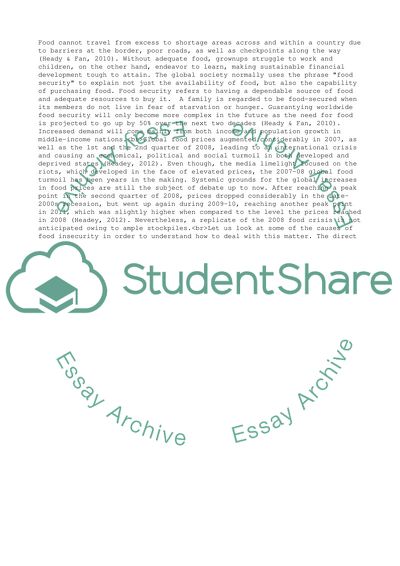Cite this document
(“Achieving Food Security in Saudi Arabia with Sustainable Foreign Research Paper - 1”, n.d.)
Achieving Food Security in Saudi Arabia with Sustainable Foreign Research Paper - 1. Retrieved from https://studentshare.org/business/1622756-achieving-food-security-in-saudi-arabia-with-sustainable-foreign-direct-investment
Achieving Food Security in Saudi Arabia with Sustainable Foreign Research Paper - 1. Retrieved from https://studentshare.org/business/1622756-achieving-food-security-in-saudi-arabia-with-sustainable-foreign-direct-investment
(Achieving Food Security in Saudi Arabia With Sustainable Foreign Research Paper - 1)
Achieving Food Security in Saudi Arabia With Sustainable Foreign Research Paper - 1. https://studentshare.org/business/1622756-achieving-food-security-in-saudi-arabia-with-sustainable-foreign-direct-investment.
Achieving Food Security in Saudi Arabia With Sustainable Foreign Research Paper - 1. https://studentshare.org/business/1622756-achieving-food-security-in-saudi-arabia-with-sustainable-foreign-direct-investment.
“Achieving Food Security in Saudi Arabia With Sustainable Foreign Research Paper - 1”, n.d. https://studentshare.org/business/1622756-achieving-food-security-in-saudi-arabia-with-sustainable-foreign-direct-investment.


